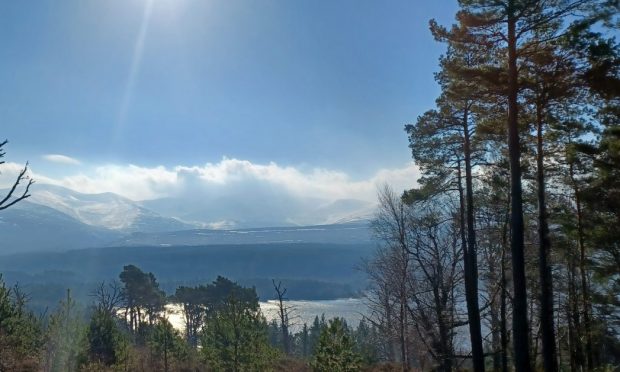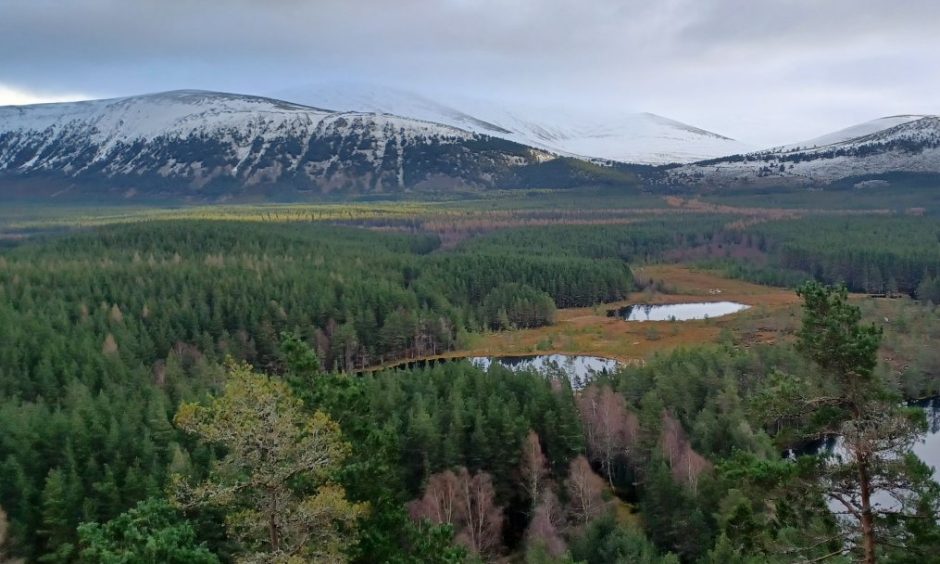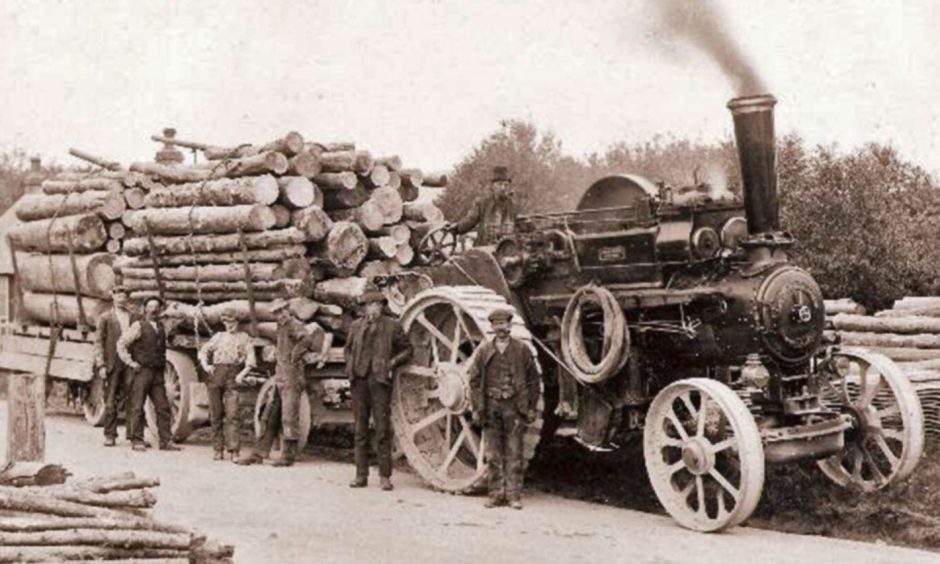Growing visitor pressure is presenting one of the biggest challenges for Glenmore Forest since it came into public ownership 100 years ago.
The number of people visiting the area has increased significantly in recent years, particularly since the Covid pandemic.
An estimated 300,000 now arrive annually, generating income for the local economy.
But the burgeoning numbers have also strained resources and facilities at places like Loch Morlich.
It has led to a minority causing problems of antisocial behaviour, fires and vandalism.
What kind of problems?
Inflatable sofas on Loch Morlich beach and fire pits among trees are just some of the issues that led to additional and new, full-time rangers being appointed.
A spate of fires, including at least 10 at Loch Morlich, also prompted the Cairngorms National Park Authority to consider fire management by-laws after concerns from the community.
At the same time the forest managers face the demands of regeneration, conservation and tackling climate change.
Efforts are ongoing to fell non-native trees and restore areas of ancient natural woodland.
It is also home to endangered species like capercaillie and wildcat whose populations are prone to disturbance.
Visitor numbers are greater than ever before, says Brian Duff, FLS’s Strathspey delivery forester, who says it can be “mayhem” on a sunny day.
“A number of years ago, six tents on the beach seemed a lot. Now the record in one day is 130.
“However, the vast majority of visitors who come to Glenmore leave no trace and we try to encourage that through ranger patrols and messaging of the Scottish Outdoor Access Code.”
“But we want to encourage people to come to the forest.
“It’s good for your wellbeing and it’s good for the economy of Glenmore and the wider Strathspey community.”
Today’s additional challenges
He said while each era of the forest has had challenges, today’s woodland managers have additional pressure than when “one man and his dog” visited the area.
“It’s a different challenge now, trying to continue with the work we want to do without the other pressures our forefathers didn’t have.”
However there is an upside to large congregations of visitors on the beach.
“It’s true there is pressure on the beach. But it helps the rest of the forest.
“People are concentrated on two hectares and we have 6,000 hectares no one goes in much.
“It helps having everyone sitting on the beach not wandering though bits of the forest we don’t want them to wander in.”
Glenmore was bought from the Duke of Gordon in 1923, four years after the establishment of the Forestry Commission, now Forestry Land Scotland (FLS).
There were no access rights at the time but visitors to Loch Morlich were causing issues even then.
The Press and Journal reported at the time that large numbers of tourists travelled by “motor cars and charabancs” to Glenmore Lodge to picnic.
The visitors were said to have wandered over the forest during the stalking season and “even bathing in the loch in front of the lodge”.
Glenmore visitor pressures – in 1923
“Notice boards were put up some years ago, directing tourists to keep to the paths”, the paper said.
“But those have had little effect in checking the abuse of the privileges given to the public”.
Post war, the area had a growing reputation for mountaineering and winter sports.
The first campsite was set up in 1948 and within three years overnight camping stays leapt from 2,588 to 19,200.
Recreation continued to expand in the 1970s. The Highlands and Islands Development Board bought part of the forest park, including the main ski slopes, and a new information centre opened.
By 1980, it was common to see 1,600 people on the shore at Loch Morlich.
Within a few years the refurbished visitor centre was welcoming up to 50,000 people annually.
Facilities have continued to develop to cater for increasing visitor numbers lured by the scenery and outdoor sports.
But the work at Glenmore continues. Alongside demand for timber production, an extensive programme to remove non-native conifers is ongoing.
The FLS team now helps the Cairngorm Connect partnership’s 200-year vision for a native pinewood forest.
A planting programme, started in 1923, is restoring parts of the ancient Caledonian forest.
It has created habitats for many rare species including capercaillie, while wildcats have recently been released in the area.
The next change the forest could see is community ownership of the visitor centre and café.









Conversation